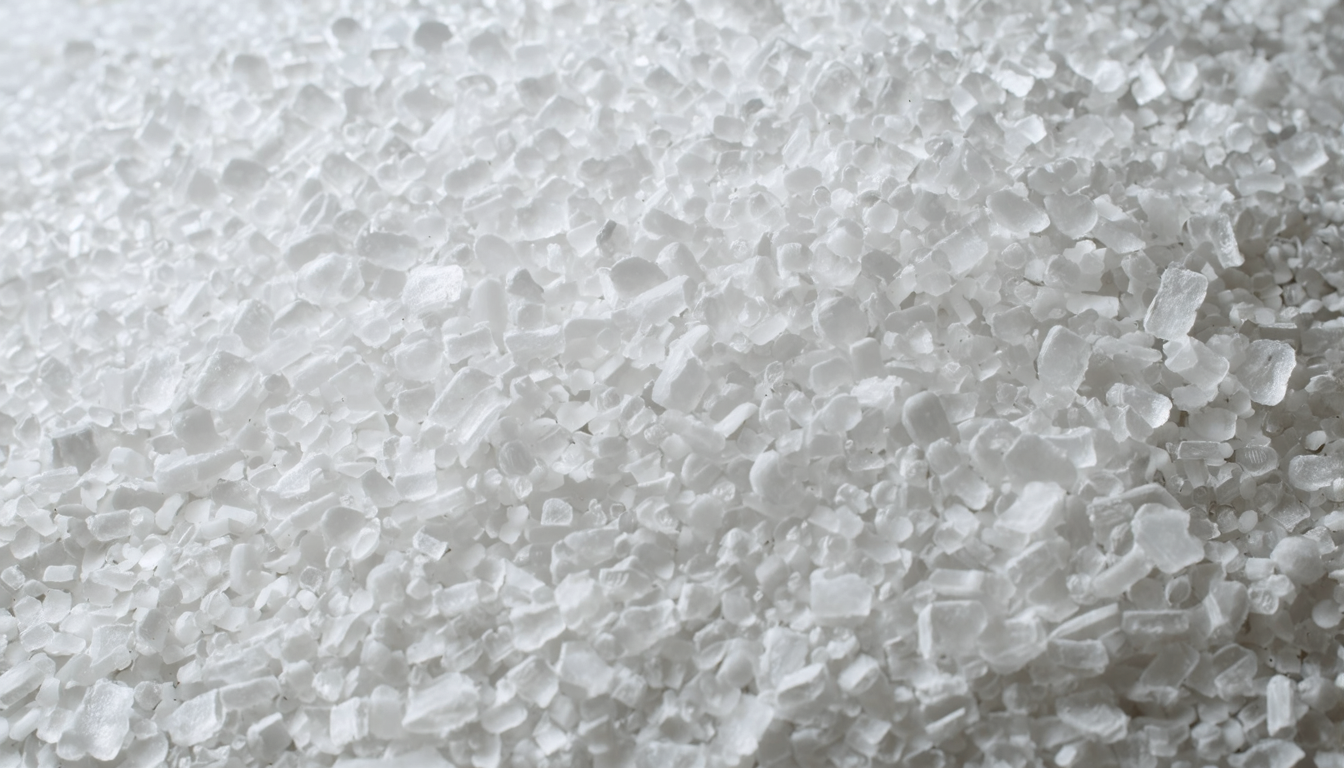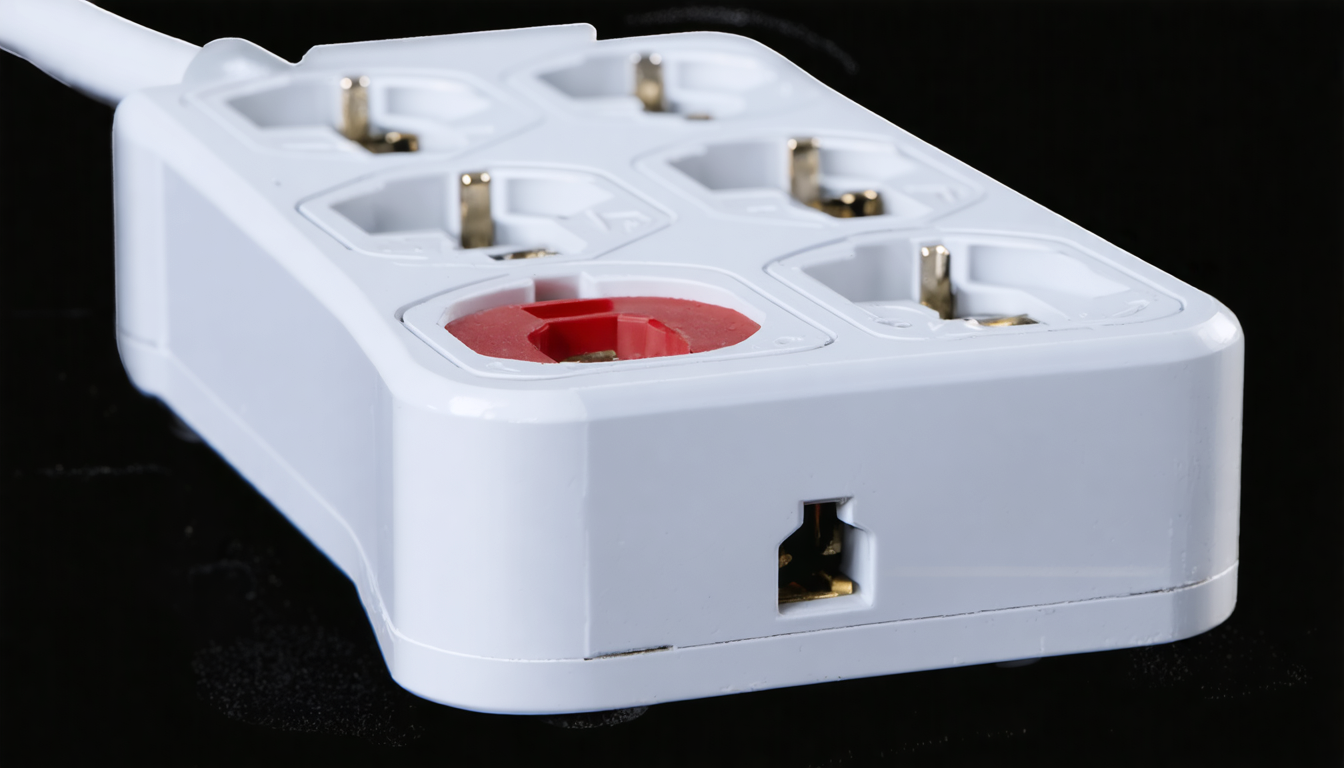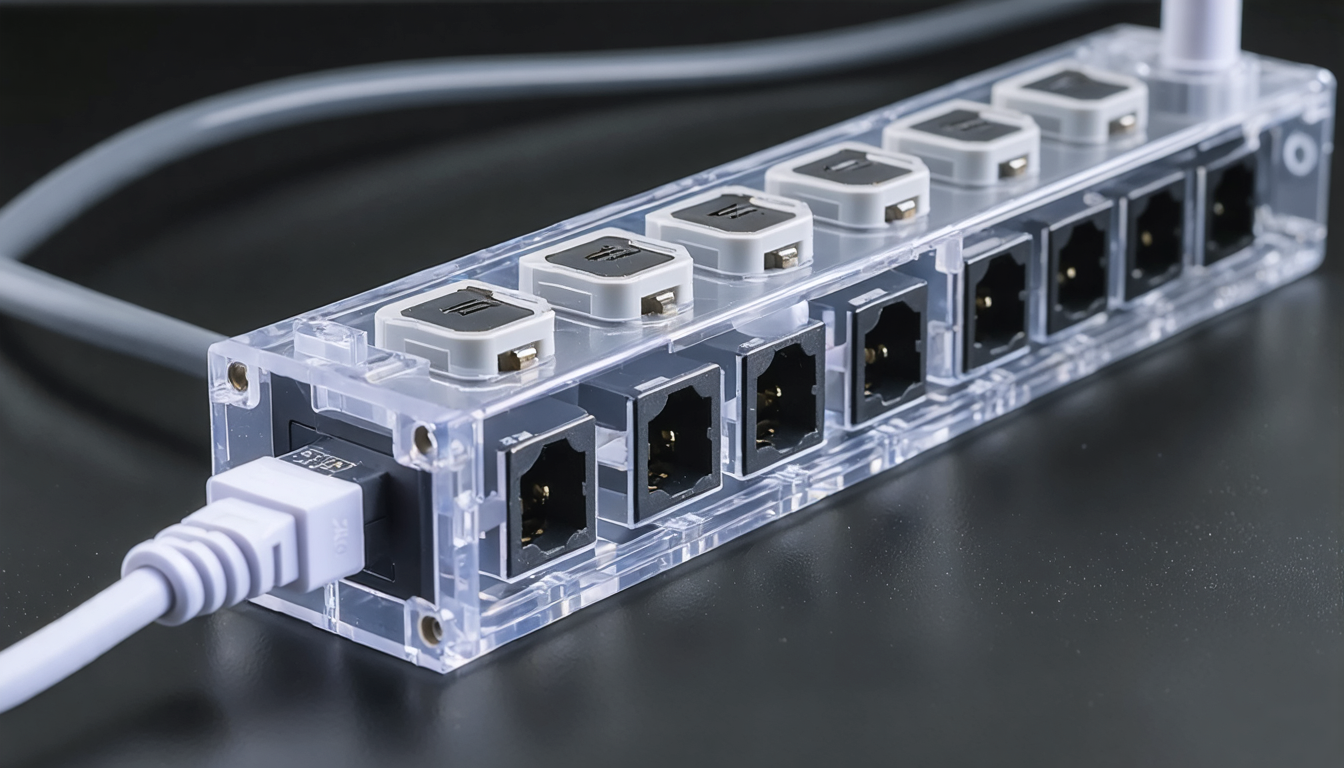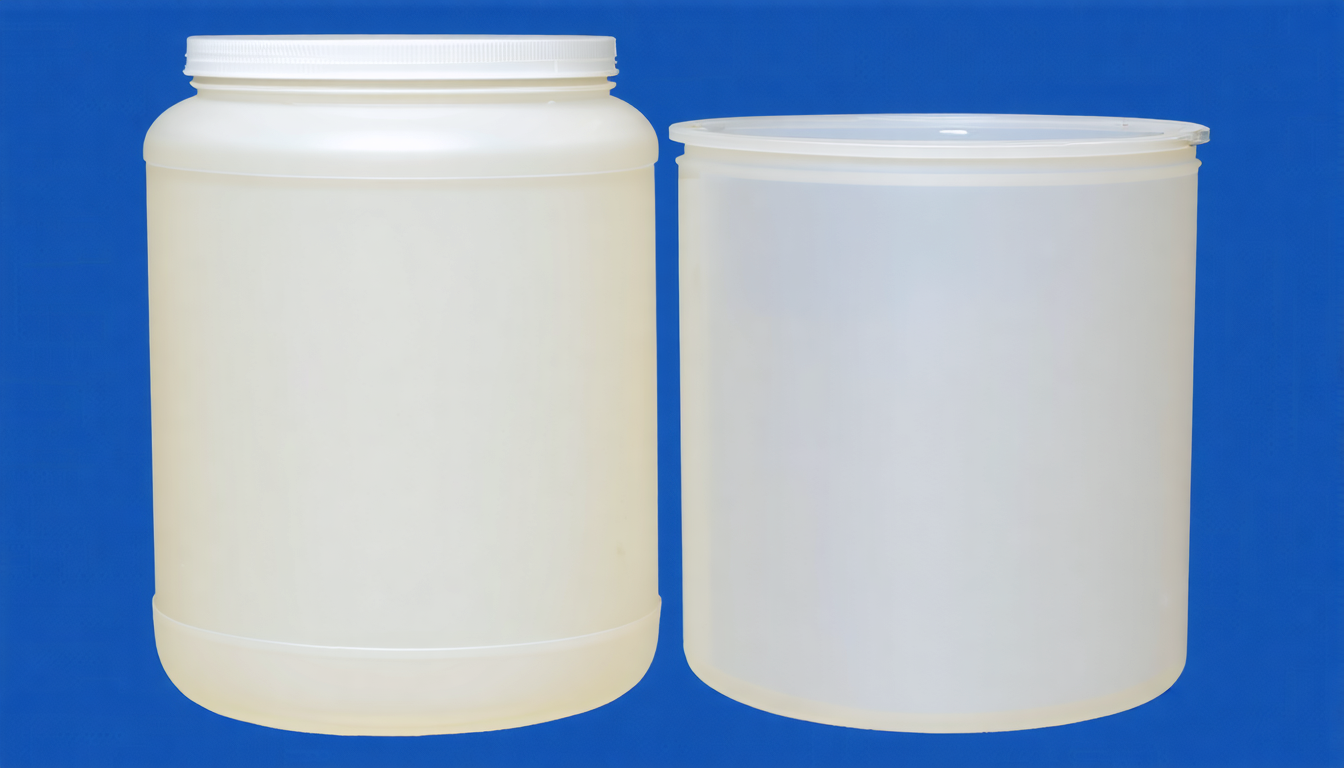
Power Strip Housing Materials: PP vs. PC
The housing material of a power strip plays a critical role in its durability, safety, and overall performance. The most commonly used materials for power strip enclosures are Polypropylene (PP) and Polycarbonate (PC). Each material offers distinct advantages depending on the specific requirements of the power strip’s intended use. Below, we explore the key properties of these materials and how they impact the design and functionality of power strips.

Polypropylene (PP) Housing
What is Polypropylene (PP)?
Polypropylene (PP) is a thermoplastic polymer widely used in a variety of industries due to its affordability, flexibility, and resistance to chemicals. In power strips, PP is often used for the housing because it strikes a balance between cost and durability.
Key Properties of PP
-
Cost-Effective:
- PP is one of the most economical materials for power strip enclosures, making it an ideal choice for budget-friendly options without sacrificing basic safety features.
-
High Flexibility:
- PP has excellent flexibility, which means it can withstand minor impacts without cracking. This makes it suitable for light-duty power strips used in homes and offices.
-
Good Chemical Resistance:
- PP offers strong resistance to various chemicals, including oils, acids, and solvents. This makes it a reliable material for power strips used in environments where exposure to chemicals might occur.
-
Insulation Properties:
- PP is a good electrical insulator, which contributes to the safety of power strips by reducing the risk of electrical conductivity from the housing.
Limitations of PP
- Lower Heat Resistance: Compared to PC, PP has a lower melting point and is less resistant to high temperatures. This makes it less suitable for power strips used in heavy-duty or high-temperature environments.
- Not Flame Retardant: PP generally requires additional treatments to achieve flame retardant properties, which can increase production costs if required for specific applications.
When to Use PP in Power Strips
- Ideal for Low to Medium-Duty Applications: Power strips used in household settings or light commercial environments often utilize PP for its affordability and sufficient protection for most standard electrical devices.

Polycarbonate (PC) Housing
What is Polycarbonate (PC)?
Polycarbonate (PC) is a high-performance thermoplastic known for its impact resistance, heat resistance, and superior durability. It is commonly used in premium power strip designs where safety and durability are paramount.
Key Properties of PC
-
High Impact Resistance:
- PC is exceptionally tough and can withstand significant physical impacts without cracking or breaking. This makes it ideal for power strips used in industrial or heavy-duty settings where rough handling is expected.
-
Excellent Heat Resistance:
- One of the standout properties of PC is its ability to withstand high temperatures without degrading. Power strips made from PC are less likely to warp, melt, or ignite under extended or heavy electrical loads, making them a safer option for high-power applications.
-
Flame Retardant:
- PC has inherently flame-retardant properties, meaning it can slow down or prevent the spread of fire in case of overheating or electrical failure. This makes PC an excellent choice for environments where safety is a priority.
-
UV Resistance:
- PC is also resistant to UV radiation, making it a good choice for power strips used in outdoor or sun-exposed environments, where other materials may degrade over time.
Limitations of PC
- Higher Cost: PC is more expensive than PP, which may not be justified in applications where extreme durability or heat resistance is not required.
- Less Flexible: While it is highly impact-resistant, PC is less flexible than PP and may not be ideal for applications where flexibility is preferred.
When to Use PC in Power Strips
- Ideal for High-Duty and Industrial Applications: PC is the material of choice for power strips that will be used in demanding environments, such as workshops, factories, or outdoor locations. Its heat resistance and flame retardant properties make it a safer and more durable option in these scenarios.

Comparison: PP vs. PC
| Feature | Polypropylene (PP) | Polycarbonate (PC) |
|---|---|---|
| Cost | Lower cost, budget-friendly | Higher cost, premium option |
| Heat Resistance | Lower, not suitable for high temperatures | High, ideal for heavy-duty use |
| Impact Resistance | Good flexibility, less prone to cracking | Excellent, highly impact-resistant |
| Flame Resistance | Requires treatment for flame retardancy | Naturally flame retardant |
| Chemical Resistance | High chemical resistance | Moderate chemical resistance |
| Best for | Household, light commercial use | Industrial, heavy-duty applications |
Conclusion
Both Polypropylene (PP) and Polycarbonate (PC) are excellent materials for power strip housings, but they serve different purposes based on the application’s requirements. PP is the more cost-effective option, making it suitable for everyday use in household and office settings. On the other hand, PC is the go-to material for high-performance, industrial-grade power strips due to its superior impact, heat, and flame resistance. When choosing a power strip, consider the environment in which it will be used to ensure the housing material meets your safety and durability needs.







